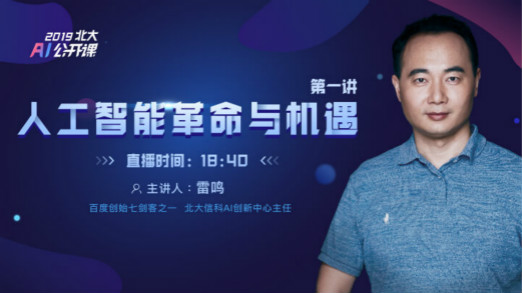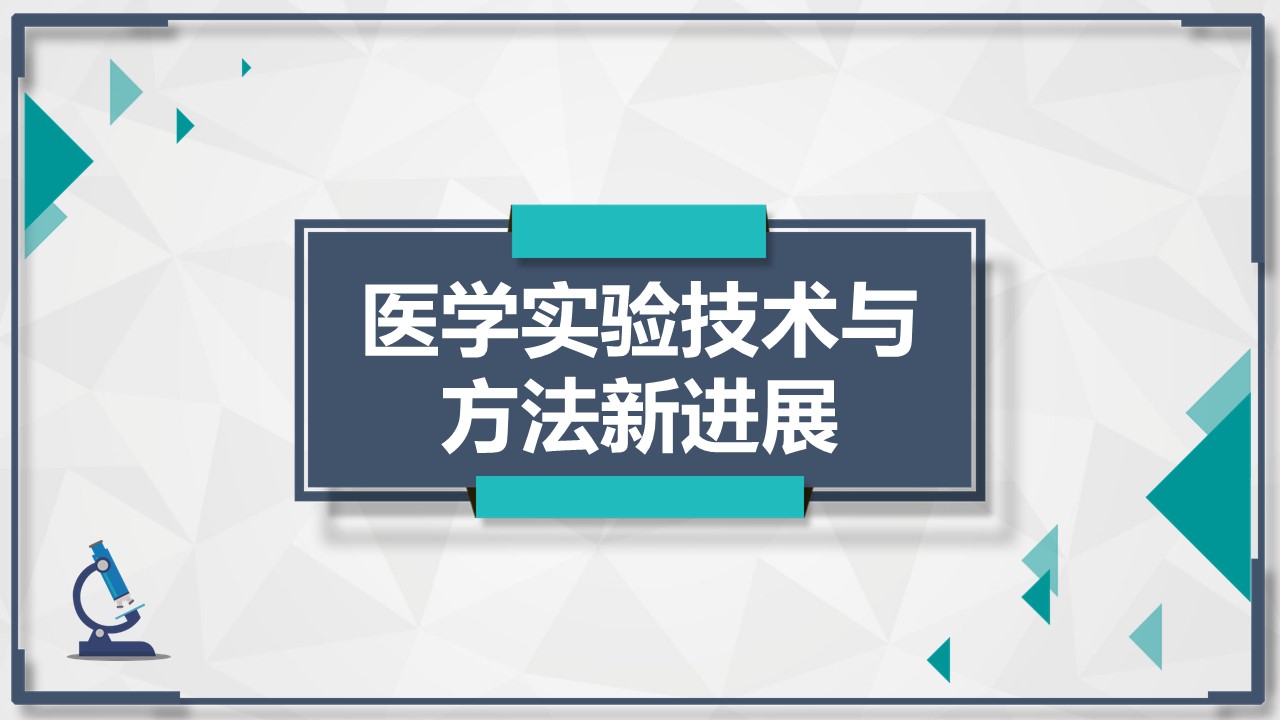
当前课程知识点:Green Economy from China's Stories > 5. Low-Carbon Economy > 5.1 The concept of Low-carbon Economy > 5.1 The concept of Low-carbon Economy
返回《Green Economy from China's Stories》慕课在线视频课程列表
返回《Green Economy from China's Stories》慕课在线视频列表
欢迎大家进入绿色经济与中国实践课堂
今天我们来学习第5章低碳经济
我们将从以下4个方面来介绍低碳经济
第一 低碳经济的起源及内涵
第二 低碳经济的理论渊源
第三 低碳经济在其他国家的实践
第四 低碳经济在中国的实践
低碳经济已经进入我们的日常生活
那么什么是低碳经济
就让我们来了解一下低碳经济的概念
进入21世纪
随着世界经济快速发展和
全球经济一体化局面的加速形成
传统的高碳经济也就是高含碳
高能耗 高污染的发展模式
使得人类社会面临的
环境危机日益严峻
如何在经济发展和维护环境之间
寻求新的平衡点
成为人类社会面临的重大挑战
在这种时代背景下
低碳经济获得了公众
学术界和政府的支持
低碳经济已经进入了我们的
日常生活
那么什么是低碳经济呢
个词是怎么来的呢
低碳经济这个词最早是1998年
美国斯坦福两位经济学家合著的一篇论文
里面首先提出来的 论文的名字是
《二氧化碳排放的极限——美国碳排放的经济成本分析》
首次提到低碳经济
在这篇文章里
作者对
美国高度依赖能源的经济增长模式
带来的温室效应表示了担忧 并从此提出了低碳经济的发展模式
此后 低碳这一概念引起了
世界的关注
并在学术界激发了热烈的讨论
他们从多个角度对低碳经济进行了定义
比如1998年 Kinzig和Daniel
在国家碳排放轨迹 低碳经济
实现路径的经济分析
一文中将低碳经济的概念定义为
人文发展水平和
单位碳排放的经济产出
同时达到一定水平下的经济形态
旨在实现控制温室气体排放的
莱斯特布朗 被称为环境运动中师的美国学者
在1999年提出能源经济革命论
认为碳排放的主要来源是化石能源的燃烧
经济发展应从以传统化石燃料为核心的
经济发展方式 转变为以太阳能氢能为核心的
从而建立一种高效的清洁的经济发展方式
以消除污染排放和碳能源
2003年的时候
英国能源白皮书
我们能源的未来 创建低碳经济
认为低碳经济是通过更少的
自然资源消耗 环境污染
获得更多经济产出的经济模式
这是低碳经济这一概念首先出现在
官方文件里
那么为什么英国成为第1个
官方界定低碳经济的国家呢
这与英国当时面临的时代背景有关
作为第1次工业革命的先驱和资源
并不丰富的岛国
英国充分意识到了
能源安全和气候变化的威胁
21世纪初 英国正从自给自足的能源供应
走向主要依靠进口的时代
按照他当前的消费模式
预计2020年英国80%的能源
就必须进口
因此英国政府
首次关注了低碳经济
我们从上述不同的学者 政府文件
对低碳经济的定义可以看出
低碳经济实际上指的是
提高高能源利用效率
和清洁能源结构优化问题
低碳经济的实质是
使用清洁能源去代替传统化石能源
它的核心是能源技术创新
制度创新
和人类生存发展观念的根本性转变
低碳经济的目标是
使碳排放与经济增长脱钩
即要使GDP的增长率高于
温室气体的排放率
同时低碳经济的发展不会减缓
经济发展速度和降低生活水平
并通过努力使经济社会实现
长期可持续发展
是人类社会继农业文明
工业文明之后的又一次重大进步
我们可以称之为绿色文明
好了 那么低碳经济的概念
它的起源我们就介绍到这里
谢谢同学
下次见
-1.1.1 Global Environmental Issues and Ecological Crisis
--1.1.1 Global Environmental Issues and Ecological Crisis
-1.1.2 Environmental Issues and Governance Results in China
--1.1.2 Environmental Issues and Governance Results in China
-1.2.1 Attention from the International Community to Ecological and Environmental Issues
--1.2.1 Attention from the International Community to Ecological and Environmental Issues
-1.2.2 Reflection of the International Community on Ecological and Environment Issues
--1.2.2 Reflection of the International Community on Ecological and Environment Issues
-1.2.3 China's Practice of Ecological and Environmental Protection (a)
--1.2.3 China's Practice of Ecological and Environmental Protection (a)
-1.2.3 China's Practice of Ecological and Environmental Protection (b)
--1.2.3 China's Practice of Ecological and Environmental Protection (b)
-1.3 The Origin of Ecological and Environmental Issues
--1.3 The Origin of Ecological and Environmental Issues
-Chapter I Test
-2.1 Teaching Materials
-2.2 Practice in China
-Chapter II Test
-3.1 Research Hotspots
-3.2.1 Industrial Ecology
-3.2.2 Environmental Value Spillover
--3.2.2 Environmental Value Spillover
-3.2.3 "Two Mountains" Theory (a)
--3.2.3 "Two Mountains" Theory (a)
-3.2.3 "Two Mountains" Theory (b)
--3.2.3 "Two Mountains" Theory (b)
-Chapter III Test
-4.1.1 International background
--4.1.1 International background
-4.1.2 Background in China
-4.2 3R Principles
-4.3 3 levels
-4.4.1 Progress
-4.4.2 Policies
-Chapter IV Test
-5.1 The concept of Low-carbon Economy
--5.1 The concept of Low-carbon Economy
-5.2 The origin of the Low-carbon Economy theory
--5.2 The origin of the Low-carbon Economy theory
-5.3 Practice in Developed Countries
--5.3 Practice in Developed Countries
-5.4 Practice in China
-Chapter V Test
-6.1 The Concept of Green Economy
--6.1 The Concept of Green Economy
-6.2.1 Development and Research Progress of the Green Economy
--6.2.1 Development and Research Progress of the Green Economy
-6.2.2 Actions on Green Economy and Future Development Trend of Green Economy
--6.2.2 Actions on Green Economy and Future Development Trend of Green Economy
-6.3 Assessment Methods for Development of Green Economy
--6.3 Assessment Methods for Development of Green Economy
-6.4.1 Formation and Application of Green Economy Development Thought
--6.4.1 Formation and Application of Green Economy Development Thought
-6.4.2 Practice and Inspirations of Green Economy Development
--6.4.2 Practice and Inspirations of Green Economy Development
-Chapter VI Test
-7.1 The Concept of Sustainable Development
--7.1 The Concept of Sustainable Development
-7.2.1 The formation of sustainable development in China
--7.2.1 The formation of sustainable development in China
-7.2.2 China's Achievements in Sustainable Development
--7.2.2 China's Achievements in Sustainable Development
-7.3.1 EKC Hypothesis and Its Origin
--7.3.1 EKC Hypothesis and Its Origin
-7.3.2 Enlightenment of EKC on China's Environmental Governance
--7.3.2 Enlightenment of EKC on China's Environmental Governance
-Chapter VII Test
-8.1 The Connotation and Assessment Significance of Ecosystem Service Value
--8.1 The Connotation and Assessment Significance of Ecosystem Service Value
-8.2 The Research Progress of Ecosystem Service Value Assessment
--8.2 The Research Progress of Ecosystem Service Value Assessment
-8.3 Practice in China
-Chapter VIII Test
-9.1.1 Theoretical Concept
-9.1.2 Research Prospect
-9.2 Development Process of Ecological Footprint
--9.2 Development Process of Ecological Footprint
-9.3.1 Research Scale
-9.3.2 Research Industry
-Chapter IX Test
-10.1 Environmental Policy Assessment Standards
--10.1 Environmental Policy Assessment Standards
-10.2 Types of Environmental Policies (a)
--10.2 Types of Environmental Policies(a)
-10.2 Types of Environmental Policies (b)
--10.2 Types of Environmental Policies(b)
-10.3 Case study——River Chief Policy
--10.3 Case study——River Chief Policy
-Chapter X Test
-Final exam
--Final exam



